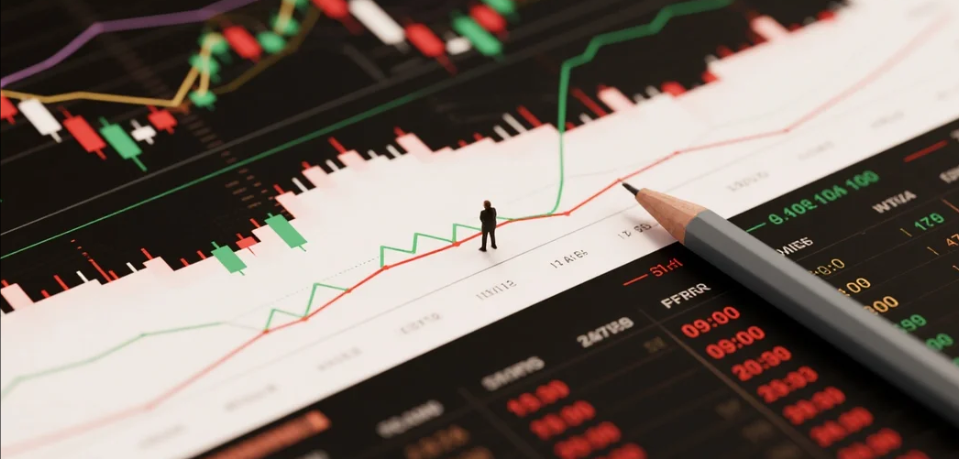
What is R&D Expense?
R&D (Research and Development) expense refers to costs incurred by a company to develop new technologies, products, or processes. During the research phase, when the project's outcome is uncertain and funds spent may yield no return (as success is not guaranteed), these R&D costs are expensed and recorded as current-period expenditures, directly affecting the current year's profits. When the project reaches the development phase before commercial production—where each investment can generate benefits—R&D expenditures can be capitalized as intangible assets and amortized over time, impacting future years' profits. However, if capitalized R&D investments fail to meet expected returns, the company faces the risk of intangible asset impairment.
The decision to expense or capitalize involves significant subjective judgment and represents a critical balancing act in corporate accounting. This is especially true for R&D-intensive companies like pharmaceuticals and high-tech firms, where R&D expenditures are substantial. Improper accounting treatment can significantly distort a company's profits, even turning losses into gains—making it a common method for "earnings manipulation."
For example, in its 2015 financial statements, Company L capitalized over 730 million in R&D expenses, reporting a pre-tax profit of 74 million that year. Had these R&D costs been expensed, the company would have recorded a pre-tax loss of approximately 600 million.
How to Analyze R&D Expenses in Financials?
First, a key metric to assess a company's commitment to R&D is its R&D intensity—the ratio of R&D expenses to total revenue (R&D Expense / Total Revenue). For pharmaceutical and tech stocks, R&D capability determines how far the company can go in the future. Innovative drugmaker B Pharma, for instance, reported only 1.55 billion in revenue in 2019 but spent 675 million on R&D—an R&D intensity of 43%. This means for every 100 yuan of revenue, 43 yuan was invested in R&D. Consequently, the capital market valued the company at over 50 billion, largely due to its aggressive R&D spending.
R&D investment is a bet on the future—a company's preparation for technological shifts and intensifying competition. Generally, higher R&D spending correlates with greater growth potential. Many loss-making companies still command high valuations simply because they invest heavily in R&D. On the flip side, innovation carries risks. If R&D fails to drive revenue and profit growth, it undermines the company's long-term competitiveness.
Thus, R&D spending is a double-edged sword, requiring careful analysis and holistic evaluation when assessing investment targets. Lastly, aggressive companies often capitalize as much R&D as possible to flatter earnings, while conservative ones expense more to hide some profits. Comparing peers can reveal which approach a company follows.
















